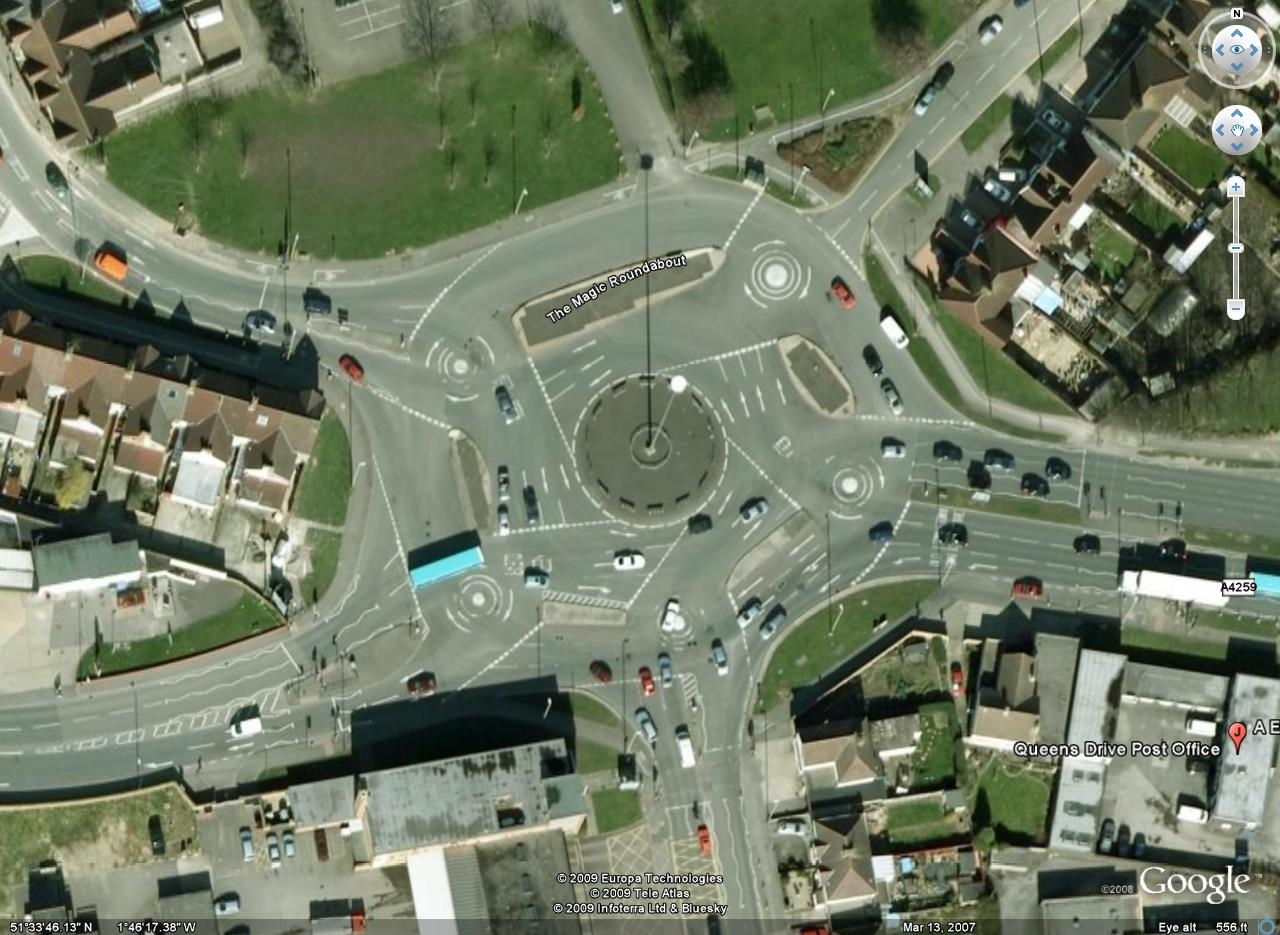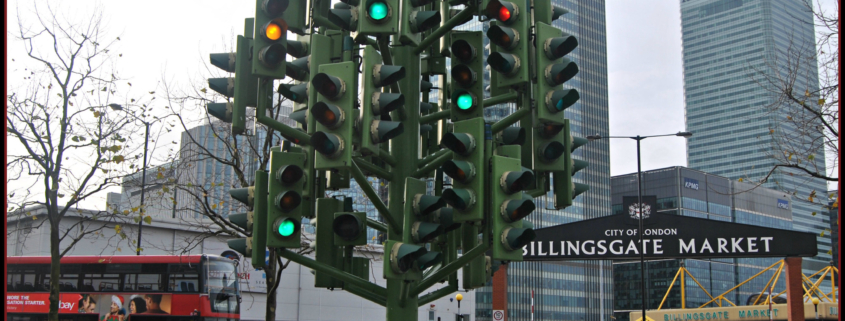Scrum Master vs. Project Manager
Project Managers are the lubricant that makes projects run. According to the PMI, the role of the PM is the director of action, the key role responsible for delivery of the project. But how does that role change as agile practices are introduced, and a pool of resources manipulated by PMs becomes a swarm of dedicated agile teams? We’ve often struggled to explain the difference.
As agile coaches we are tempted to give the irresponsible response that agile teams “don’t need project management” or agile companies “don’t do projects”. While true, the answer is uninspired and unhelpful. If we really want to understand the change that agile brings to project delivery, surely we need a better response than the mantra of “no project managers”? This led us to consider a better metaphor for the role of project management vs. scrum masters (or coaches) in the success of product delivery. We chose that of the one-level traffic junction.
Many cities use traffic lights to battle congestion. Traffic flow through many major intersections is managed by a central authority – in the 20th century perhaps a staffed control center, nowadays computers with sophisticated sensors and adaptive algorithms. The trick here is to force half of the traffic to stand still while the other half moves. There is a bit of switching involved, but nearby junctions can be connected so that batches of cars can run on a “green wave” across several blocks.
The traffic circle (or roundabout as it’s known in the UK) represents a more distributed and devolved solution to the same problem. First invented in France as the carrefour à gyration, it requires more space than a cross junction but increases safety and throughput. In a traffic circle, there are no central directions to be followed. Instead drivers need to apply a number of rules to their own local position in the junction. People have the same visibility as everyone else and take responsibility for their own surroundings. When dozens of drivers pay attention and interact in this way, positive results emerge on the global level.
When people start understanding the system, synergy starts to appear between drivers. People come up with things like the zipper merge method, where cars from two lanes alternate into one lane. This works particularly well under congestion, reducing queues and increasing the perception of fairness among the drivers.
Similarly to how a PM is the central authority of a traffic light junction, the ScrumMaster can be seen as the “RoundaboutMaster”. The responsibilities of the role are, roughly, to teach and remind drivers about the rules, to help them improve the roundabout, and to straighten out any delays and deadlocks. The roundabouts pioneer in the UK, Frank Blackmore, would park himself in the middle of a roundabout and support bewildered drivers by shouting instructions through a megaphone. (This presumably makes him the first RoundaboutMaster ever.)
Initially the ScrumMaster would have to spend considerable thought on the physical and artificial constraints placed on the traffic. Luckily ready-made collections of practices — Scrum, XP or Kanban — exist for the drivers. As soon as these are in place — constraints and rules have been deployed — drivers can follow simple rules to make decisions for themselves, and we will find that certain behaviors emerge.
But we can’t choose any random collection of rules. For example, if we decide to give cars entering the roundabout the right of way — as was the case in the UK up to the 1960s — they are likely to block the route for drivers who want to go forward to another exit. And when a deadlock forms, the rule ensures that neighboring parts of the junction also get blocked. Conversely, if cars already in the roundabout are given the right of way — another concept introduced by Frank Blackmore — they can move out and free up space for new cars.
But does this devolved, distributed approach scale? We know that the PM approach scales hierarchically through the Project Management Office (PMO). But even if one Scrum team works fine, how do we manage dozens or hundreds of teams?
In 1972, Swindon in the UK saw the opening of one of the most striking attempts at traffic circles for directing high volumes of traffic through an intersection. The Magic Roundabout, as it become known, was designed by nobody less than our old friend Frank Blackmore, and contains five interconnected traffic circles forming a large reverse circle in the middle. This extreme example of the art of roundabouts has been nominated as one of the scariest junctions in the UK several times. Tourists and visitors are often advised to stay in the outer circle and leave the inner ring to the locals who presumably know what they are doing. (In Swindon, you can purchase T-shirts with the text “I survived the Magic Roundabout”. They are also building a second, slightly smaller magic roundabout.)

Roundabout in Swindon, Wiltshire, Uk.
Despite all this, the Magic Roundabout in Swindon is a resounding success regarding throughput as well as safety. Drivers can choose the shortest paths and spend less time inside, which reduces the number of vehicles inside and thereby increases the throughput. Over four decades’ worth of statistics show that drivers are 75% less likely to get injured in this type of roundabout, mostly due to the low speed but also the slanted angle of entry. In fact, the Magic Roundabout seems to be the safest flat traffic junction layout ever invented!
Half a dozen Magic Roundabouts have been built in the UK over the years. Despite the positive evidence most of them have now been rebuilt using different layouts, and no more are being built (except in Swindon, obviously). The Magic Roundabout has simply been killed by public opinion — most people seem to be scared when they have to actually think for themselves. It’s so much easier to disconnect your brain and let somebody else take the responsibility.
And on that note, we would like to end our analogy. What is your organization doing when it comes to managing projects? Are you allowing your fear of local thinking override the need for smooth projects? Let us know in the comments.
Photo “Traffic Light Tree @ Billingsgate London” by Loco Steve
Photo “Roundabout” by born1945


